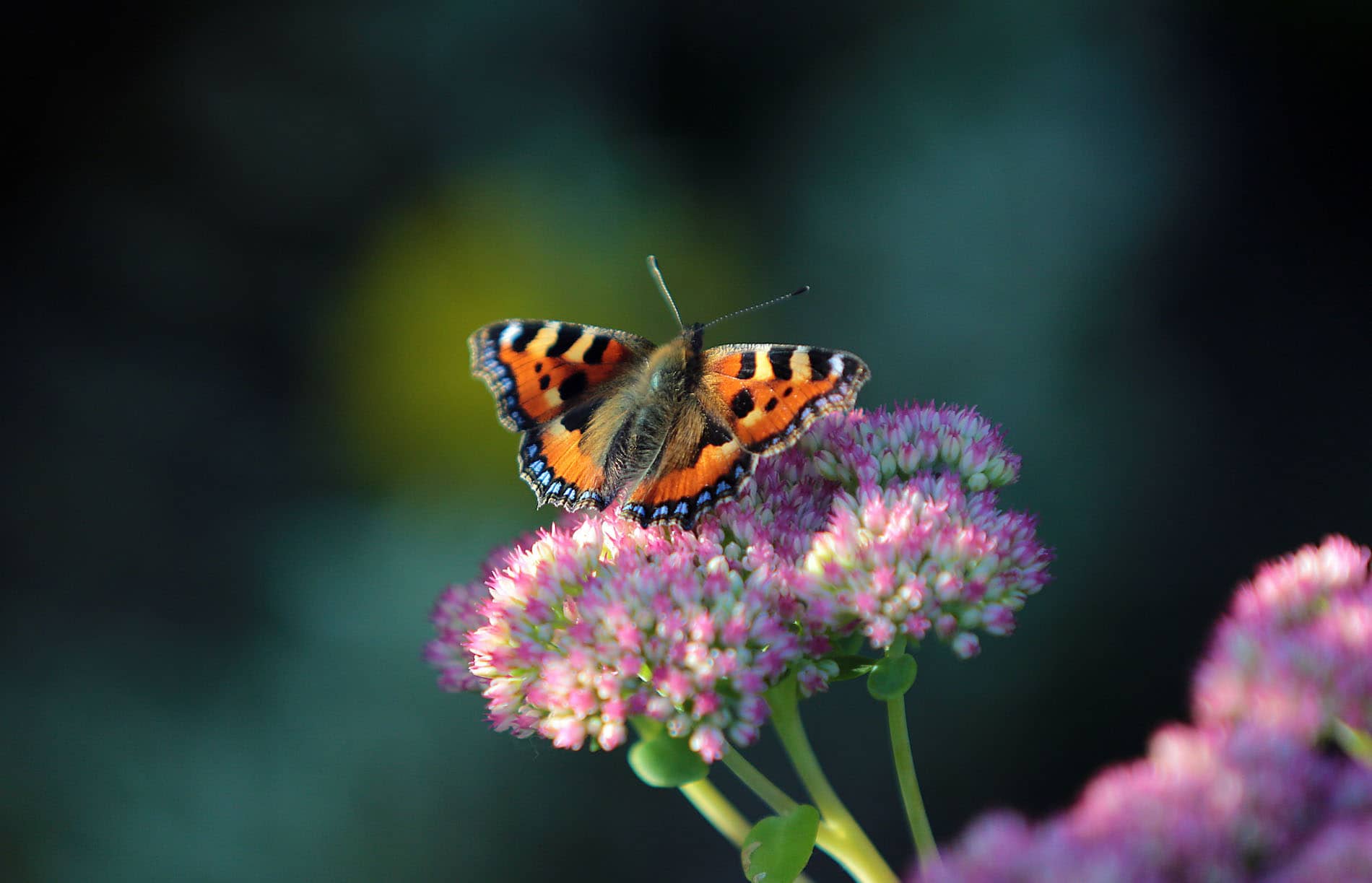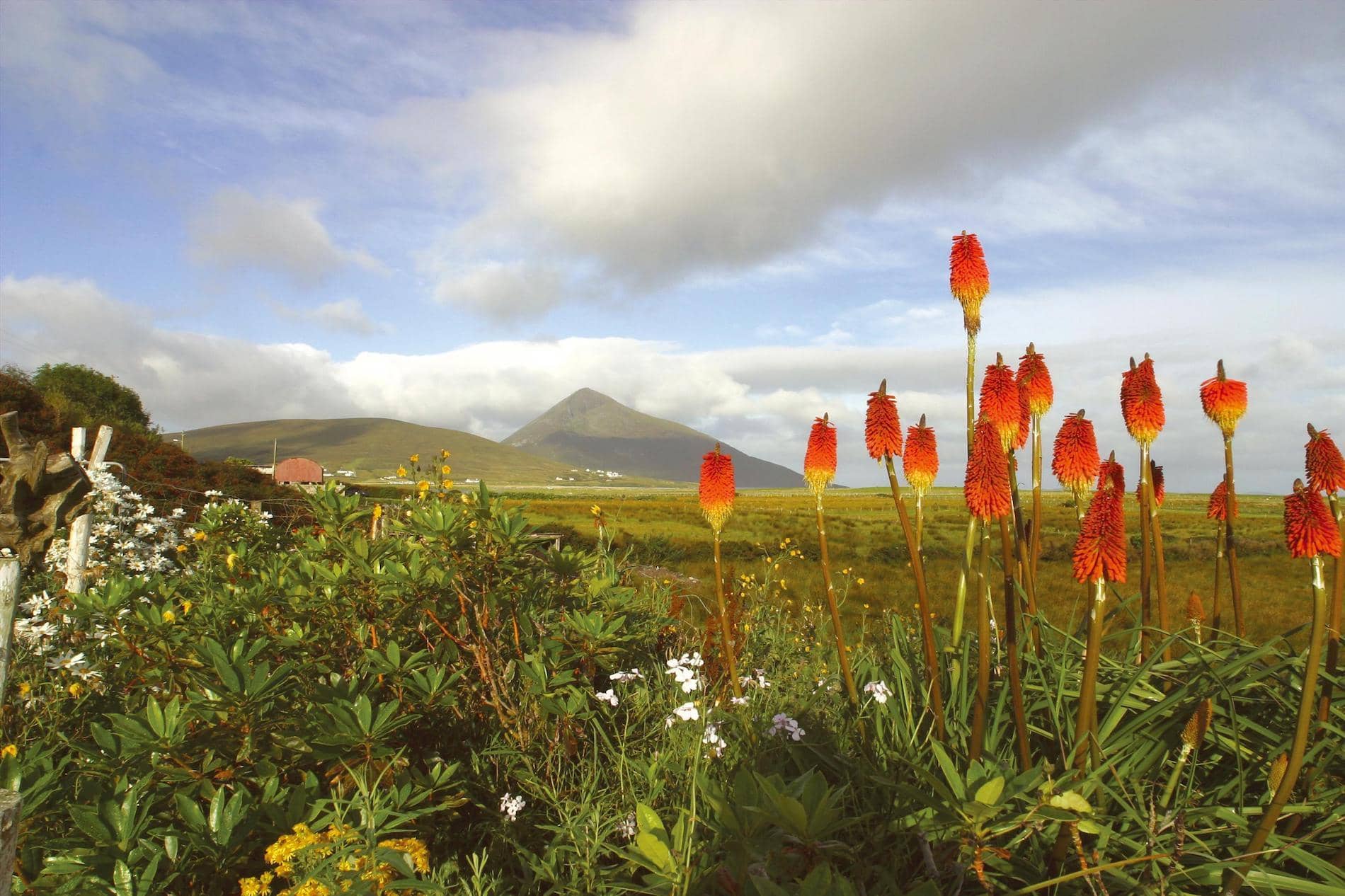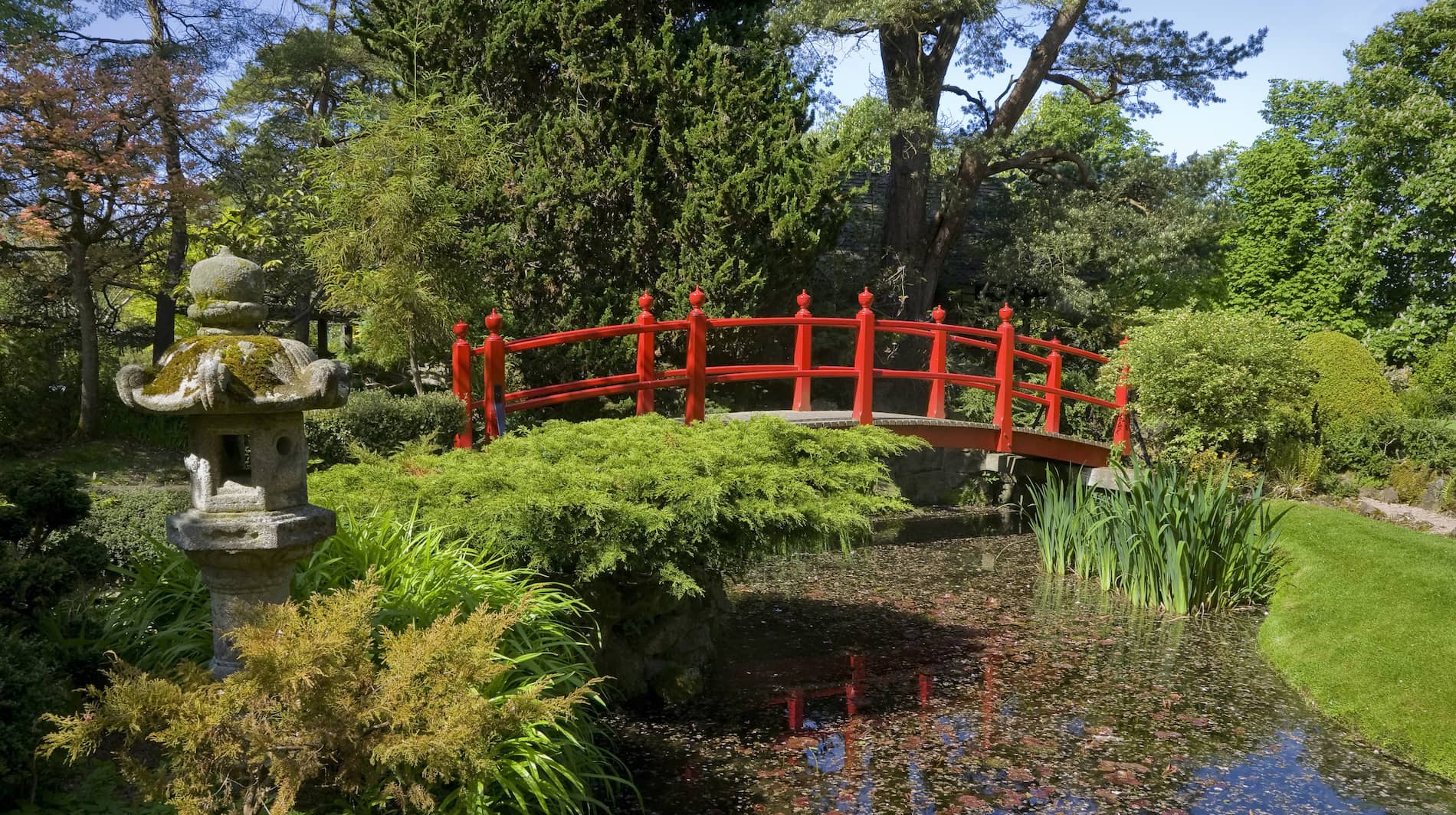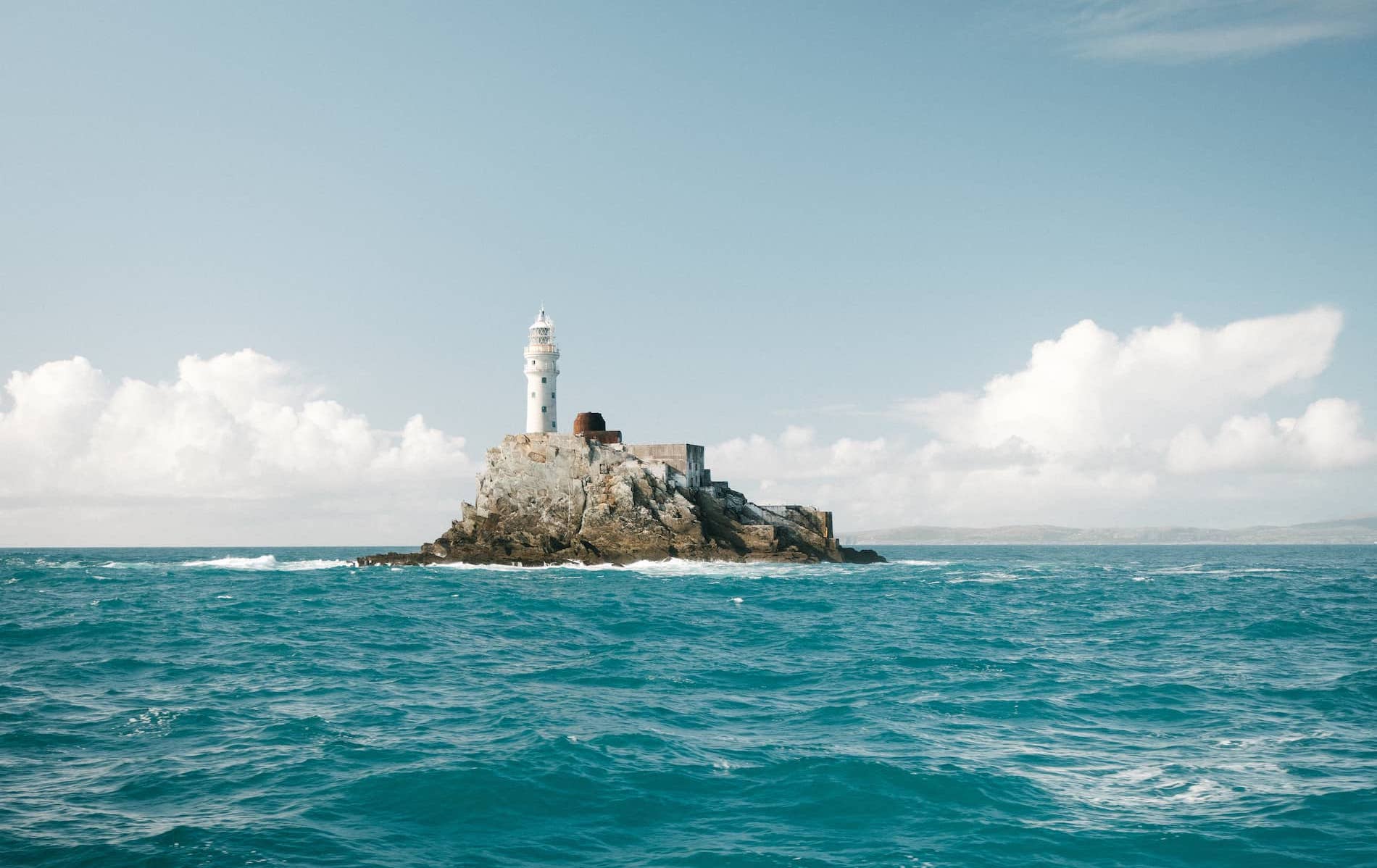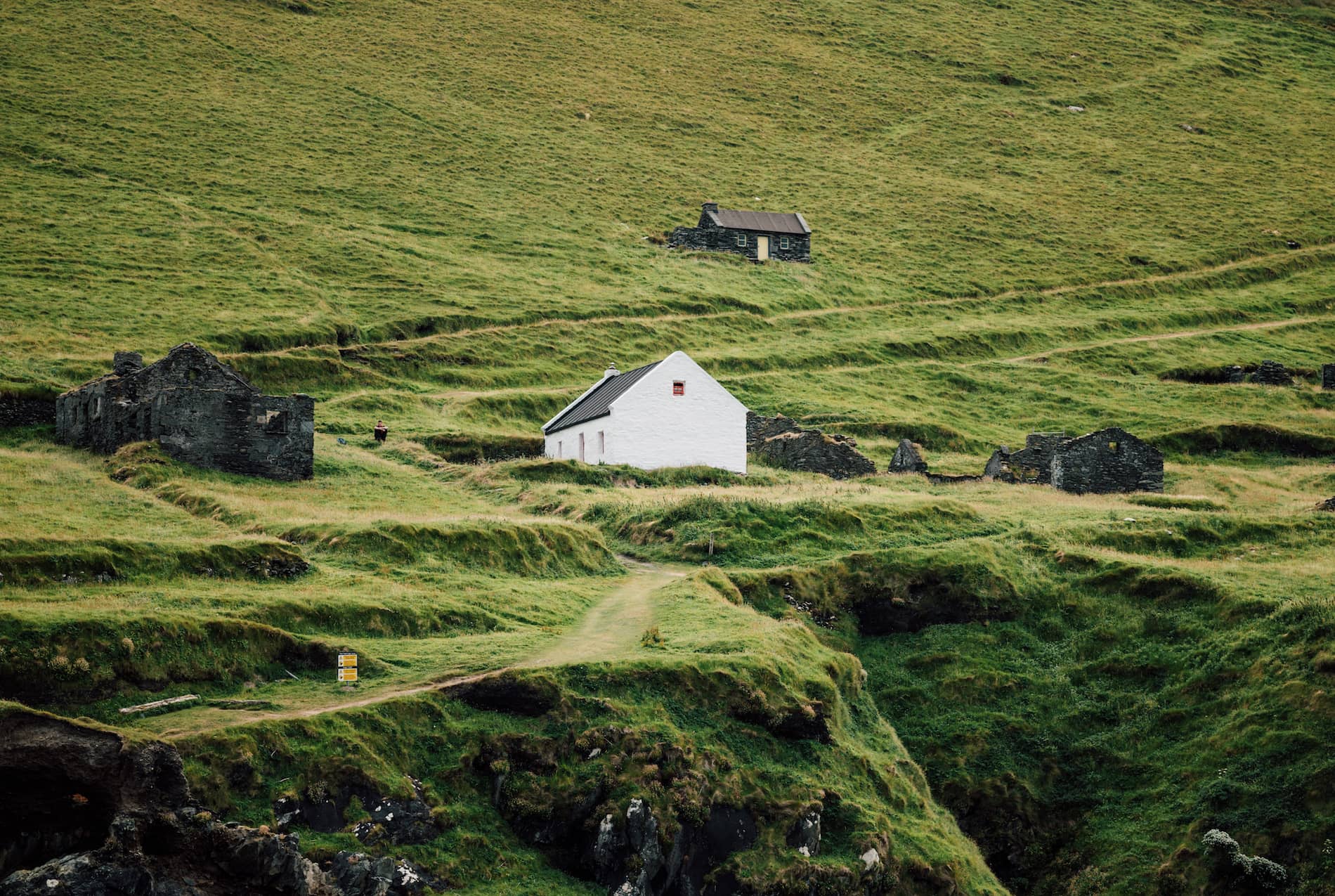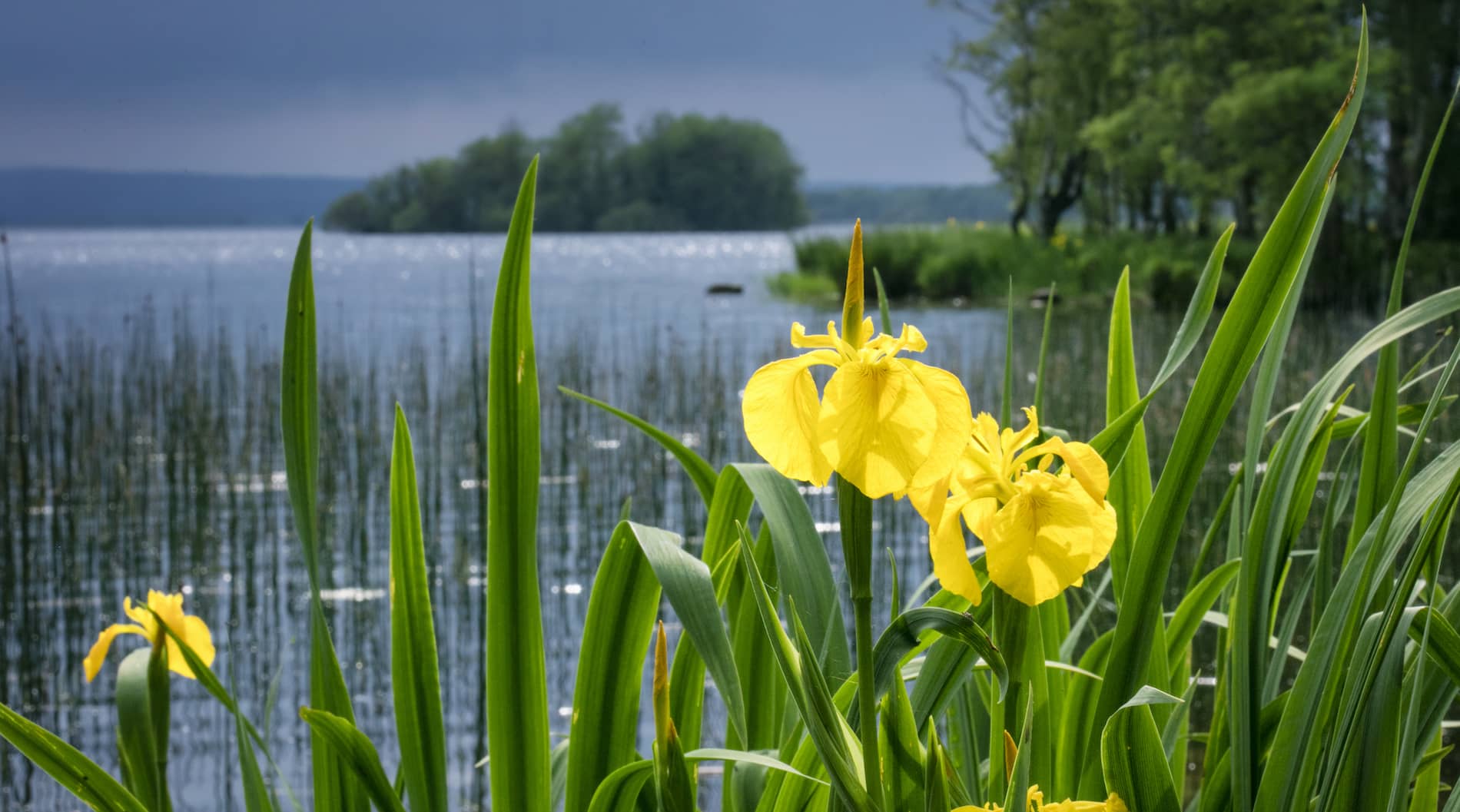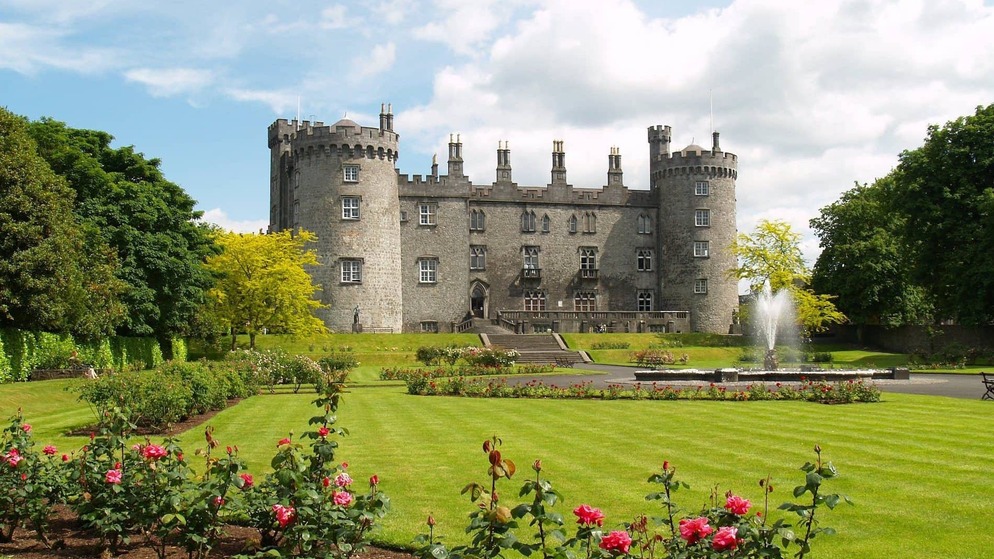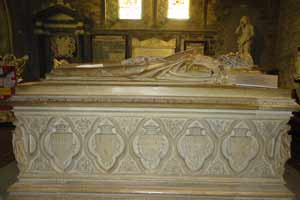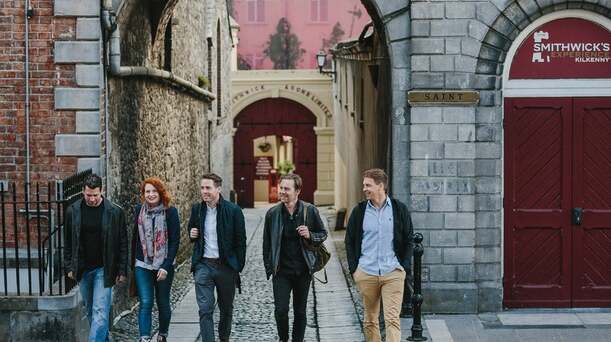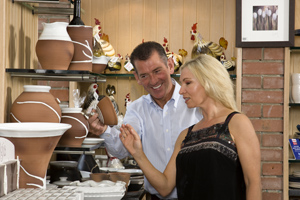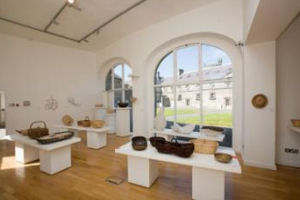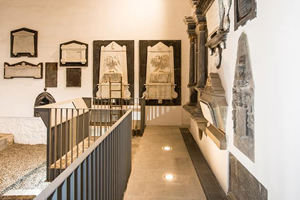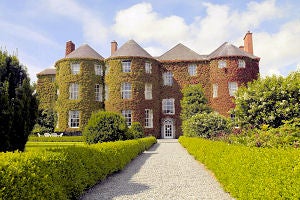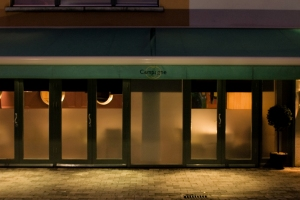
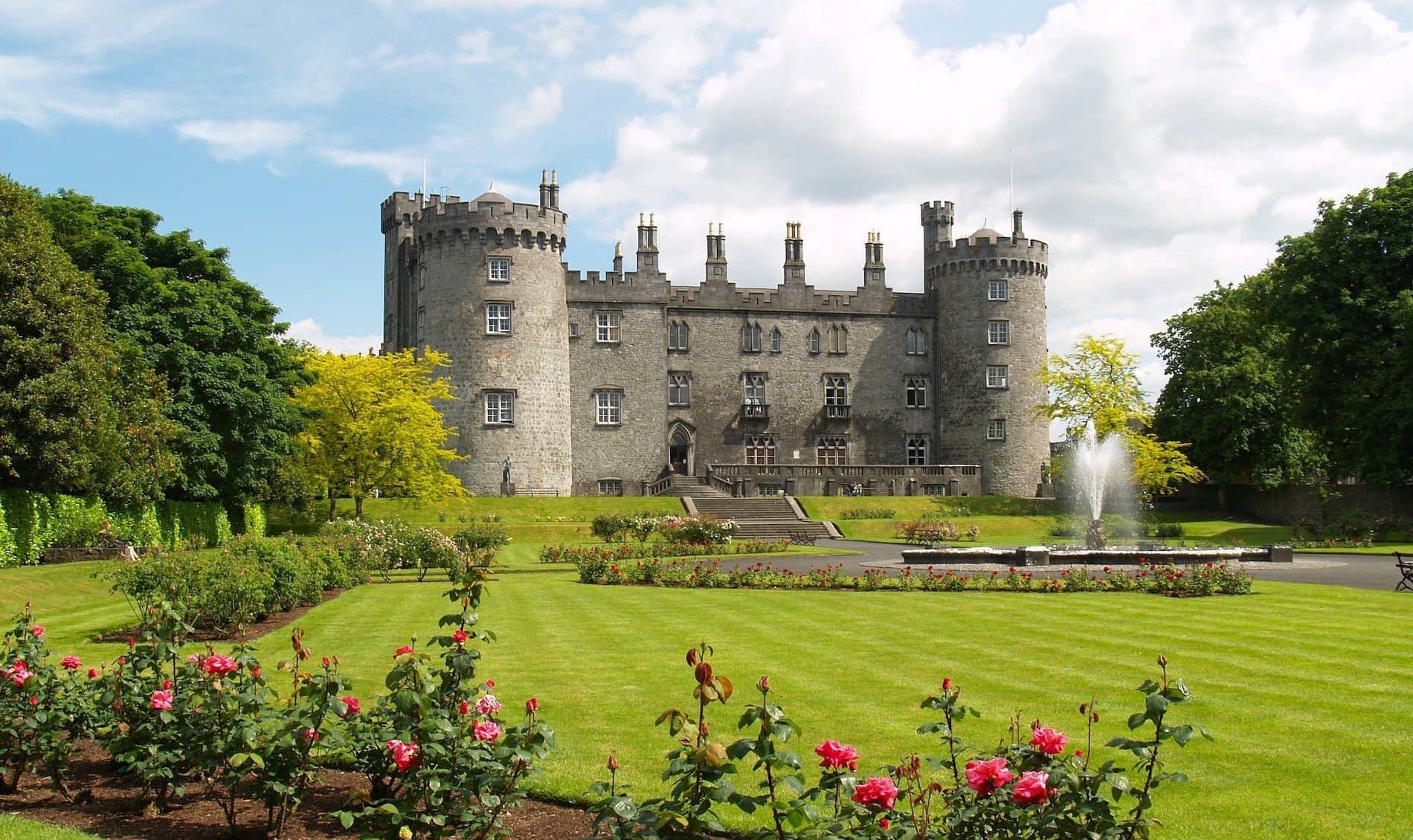
Explore Kilkenny Castle
For over 800 years, the castle has dominated Kilkenny city from the banks of the River Nore. Its massive towers loom above the city, lending it a storybook air, and its formidable façade hides a surprisingly luxurious interior filled with treasures collected over centuries.
Built for the Earl of Pembroke in the late 12th century as a symbol of Norman control, the castle was the seat of power for the influential Butler family for more than 600 years. Extensive remodelling in the 19th century transformed it into a grand country house, but by 1967 it had fallen into disrepair and James Butler, the 6th Marquess of Ormonde, offered it to the city of Kilkenny for a token payment of just £50.
Now restored to its former glory, the castle is an important part of Ireland’s cultural heritage.
Kilkenny Castle
L-R: Kilkenny Castle on the banks of the River Nore; signpost on Kilkenny city's Medieval Mile; fountain in Kilkenny Castle's formal gardens; stone carving at Kilkenny Castle
A visit to Kilkenny Castle
As one of the longest inhabited buildings on the island of Ireland, Kilkenny Castle has quite a story to tell. On a guided or self-guided tour, you will discover the powerful Butler clan, their connections to the English royal family (Lady Margaret Butler was the paternal grandmother of Anne Boleyn, ill-fated wife of King Henry VIII of England) and how their influence shaped Kilkenny city.
The castle’s formal rooms are open to the public and are filled with a rich trove of paintings, tapestries and antiques, which were collected over the centuries by the Butler family.
In the impressive 19th century Picture Gallery, with its soaring pitched roof, you can view the fine paintings and the exquisite 17th century Decius Mus tapestries, woven from original designs by Peter Paul Rubens.

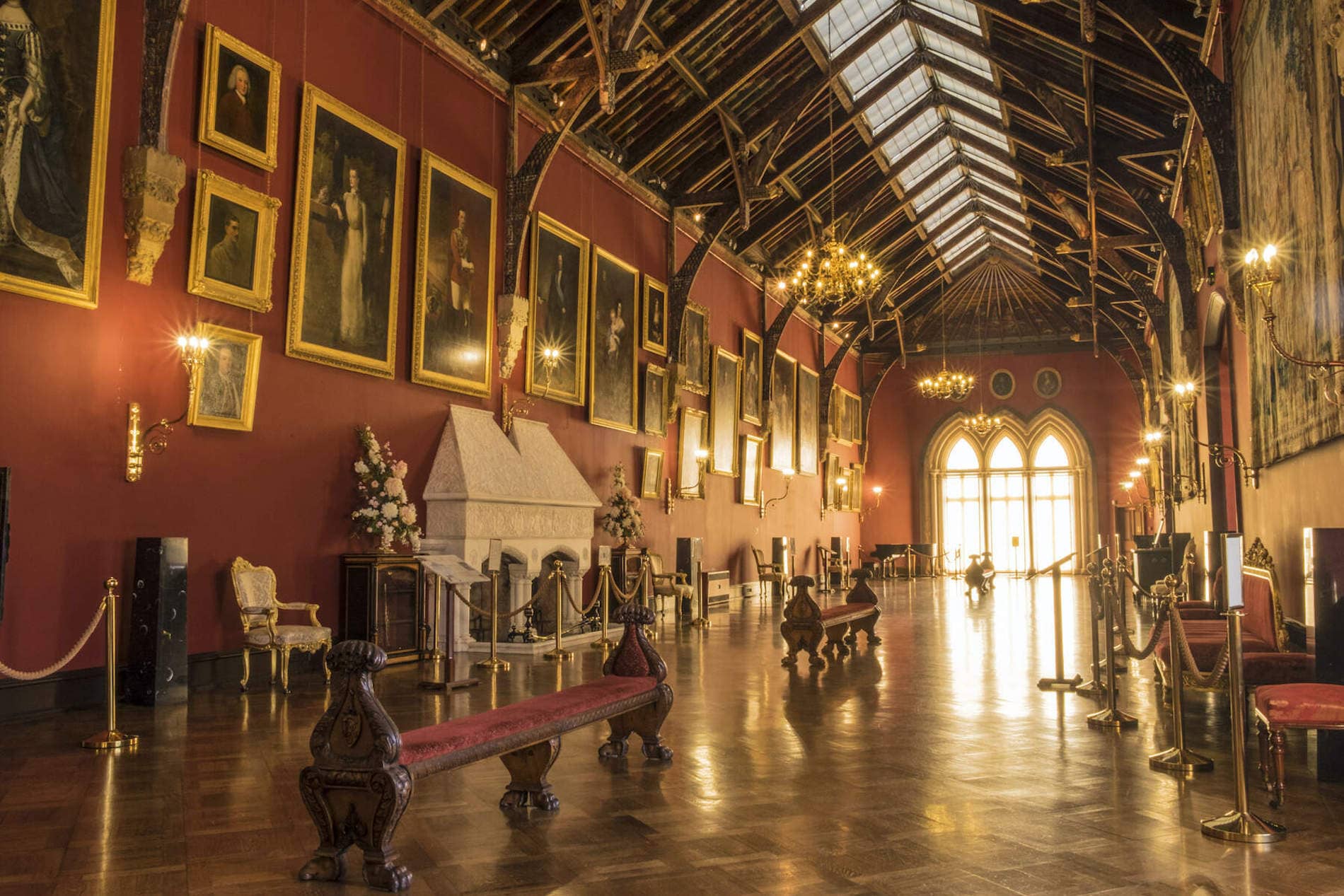
Picture Gallery at Kilkenny Castle
Treasures of the castle
As you continue your tour, look out for the delicate handpainted Chinese wallpaper in the Withdrawing Room, the Victorian nursery with its antique rocking horses, and the lifelike carved stone animals that decorate the exotic Moorish Staircase.
Outside the castle's thick stone walls are 21 hectares of fine parkland, planted with trees and shrubs that provide year-round colour. Explore a little further and you’ll find exquisite formal gardens laid out around a central fountain and against a backdrop of the castle’s west side – the perfect Instagram shot!

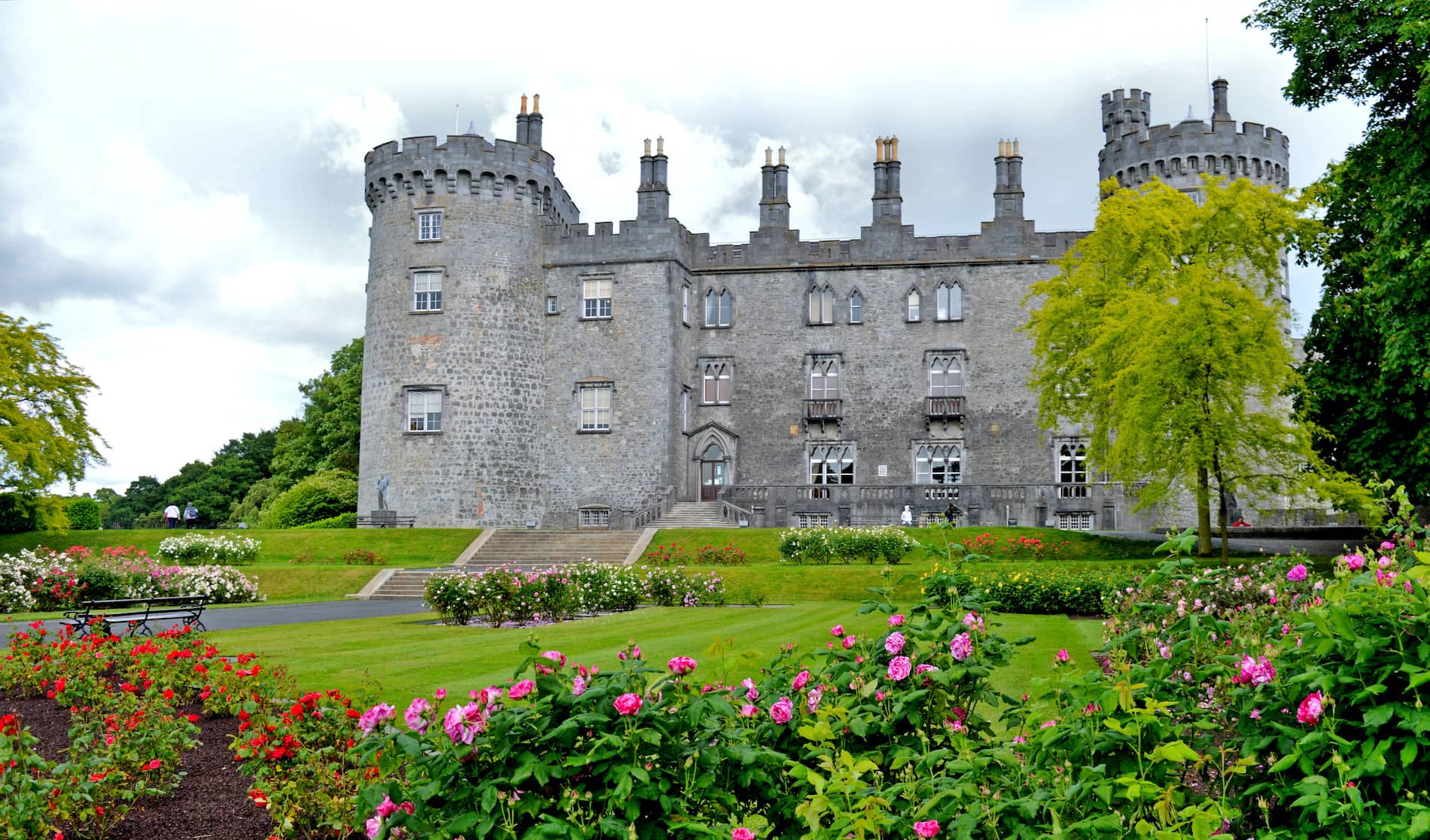
Formal gardens at Kilkenny Castle
Beyond the castle
Once you leave the castle grounds, you’re in the heart of Kilkenny city – and in no doubt about its medieval heritage. There’s even a “Medieval Mile” (and museum) that stretches from the castle to St Canice’s Cathedral, an ancient ecclesiastical site with a round tower which is the oldest standing structure in Kilkenny today.
Spend a few hours discovering highlights such as Rothe House, a 16th century merchant’s townhouse turned museum, and Kyteler’s Inn, a pub established in the 13th century by the notorious Dame Alice Kyteler, who outlived four husbands only to find herself accused of witchcraft and forced to flee to England.
You can explore the city’s great craft scene as you explore and unearth its gourmet treasures and cosy pubs, and end your day with a visit to one of the most incredible music venues in the world: the 16th century Hole in the Wall.

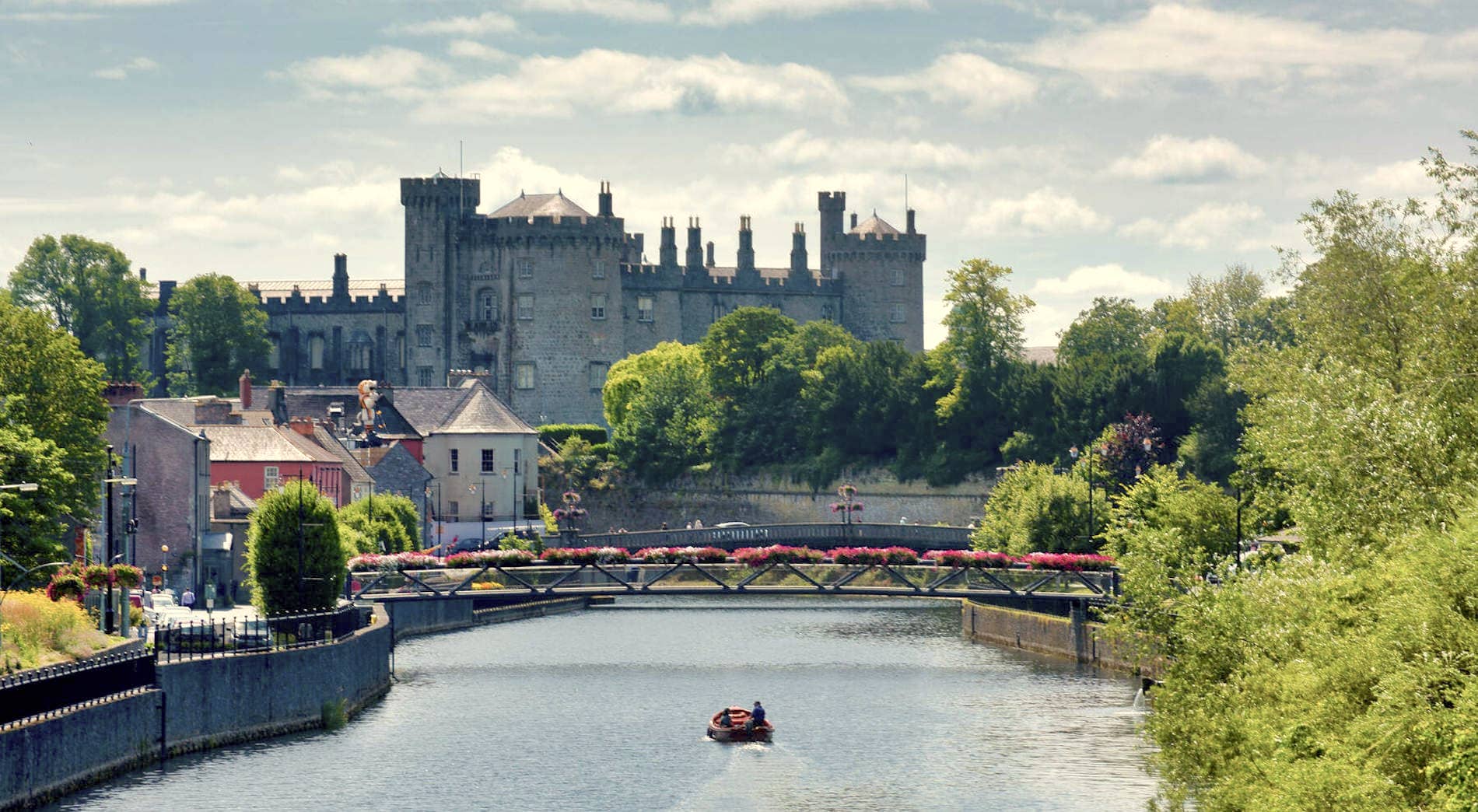
Kilkenny city

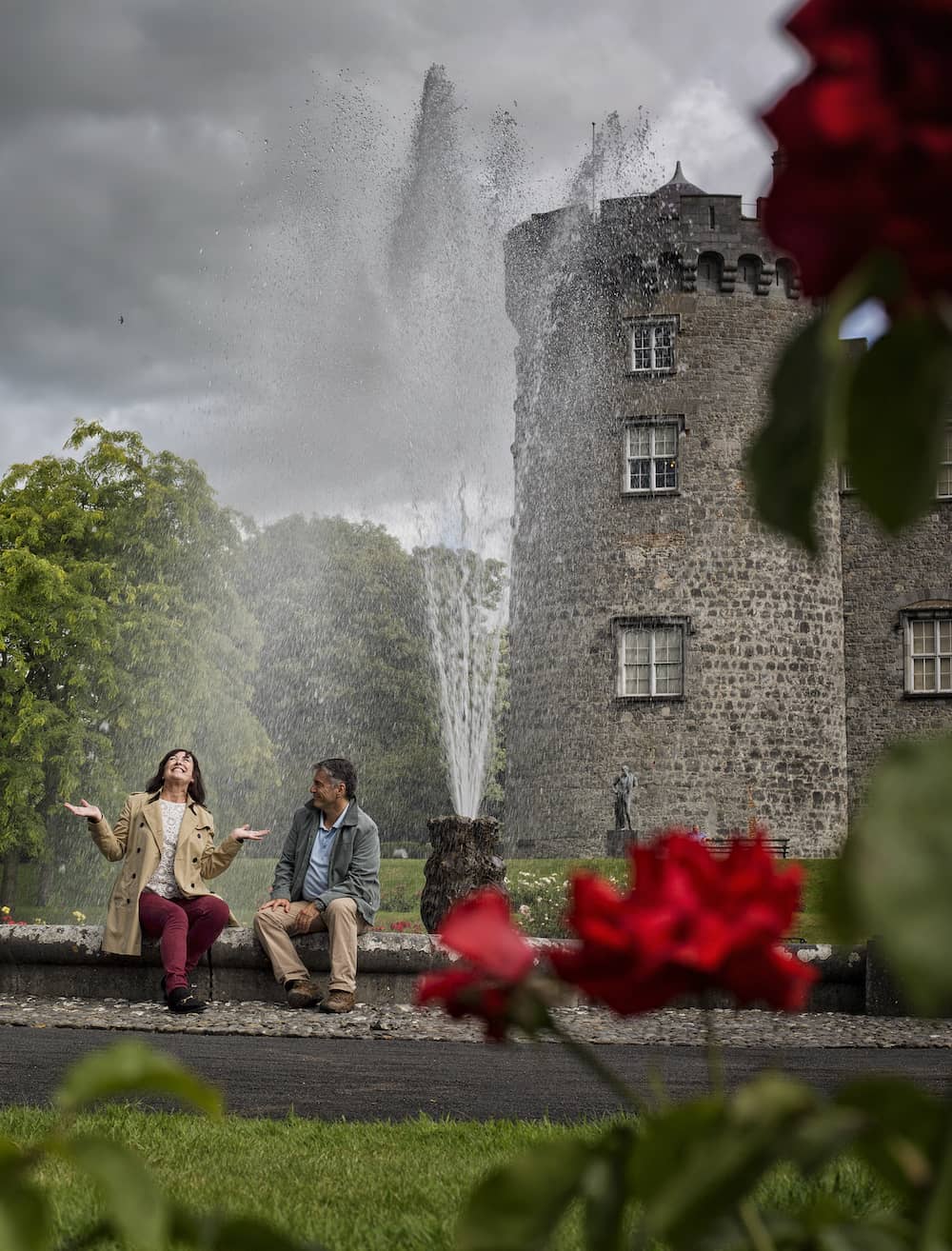
Formal gardens at Kilkenny Castle
Kilkenny Castle: need to know
The castle and its grounds are open seven days a week.
There is an entry charge for Kilkenny Castle (reduced rates are available for seniors and students) but entry to the park and gardens is free.
You can book tickets online for both the self-guided and the guided tours of Kilkenny Castle but tickets can’t be booked more than seven days in advance.
Audioguides in English, French and German are available on the castle’s website and you can also download printed guides in a range of languages.
You should allow around an hour for your visit to Kilkenny Castle, more if you want to explore the grounds.
There is no parking on site but Kilkenny Castle is right in the centre of the city and there are several carparks nearby.





